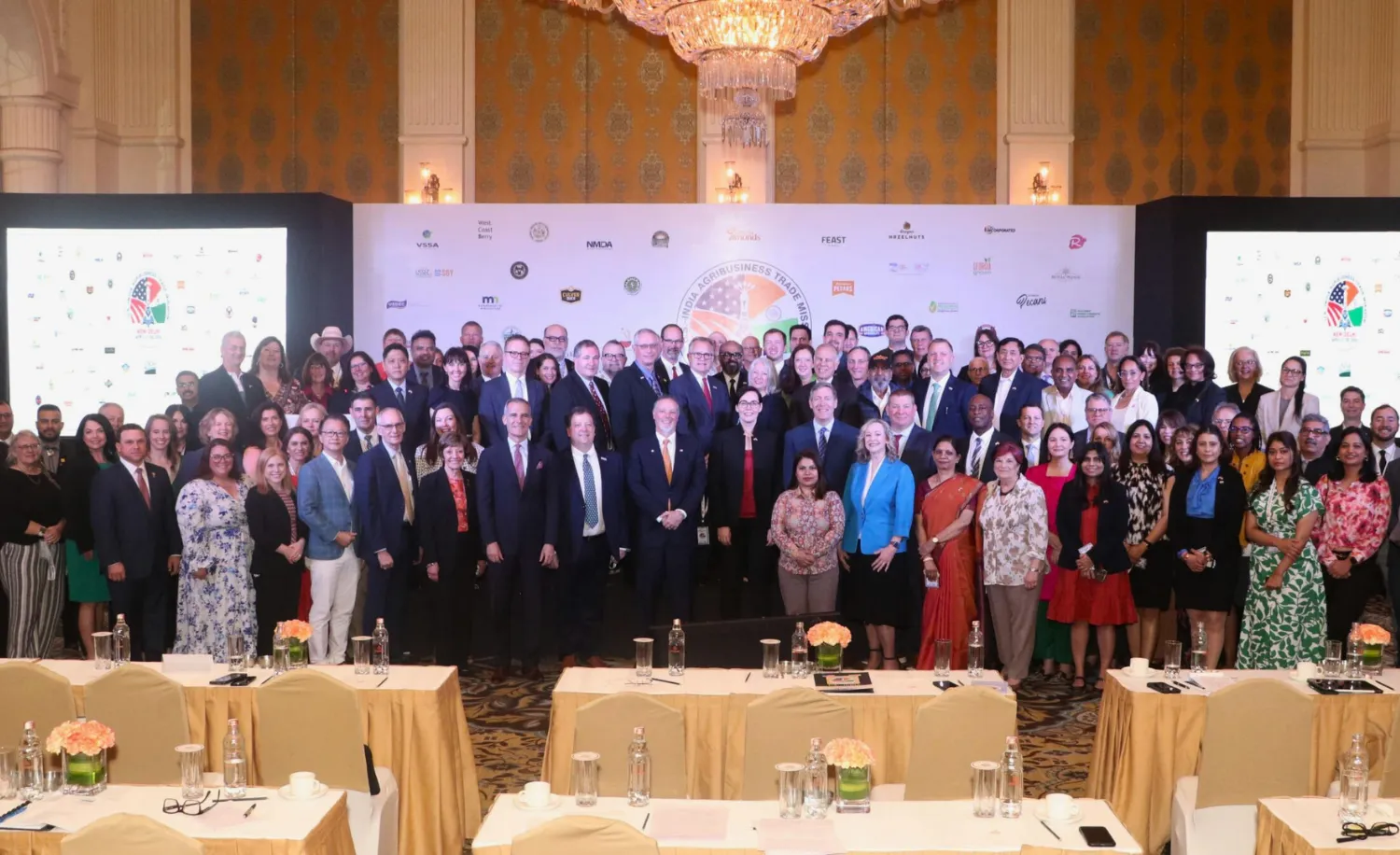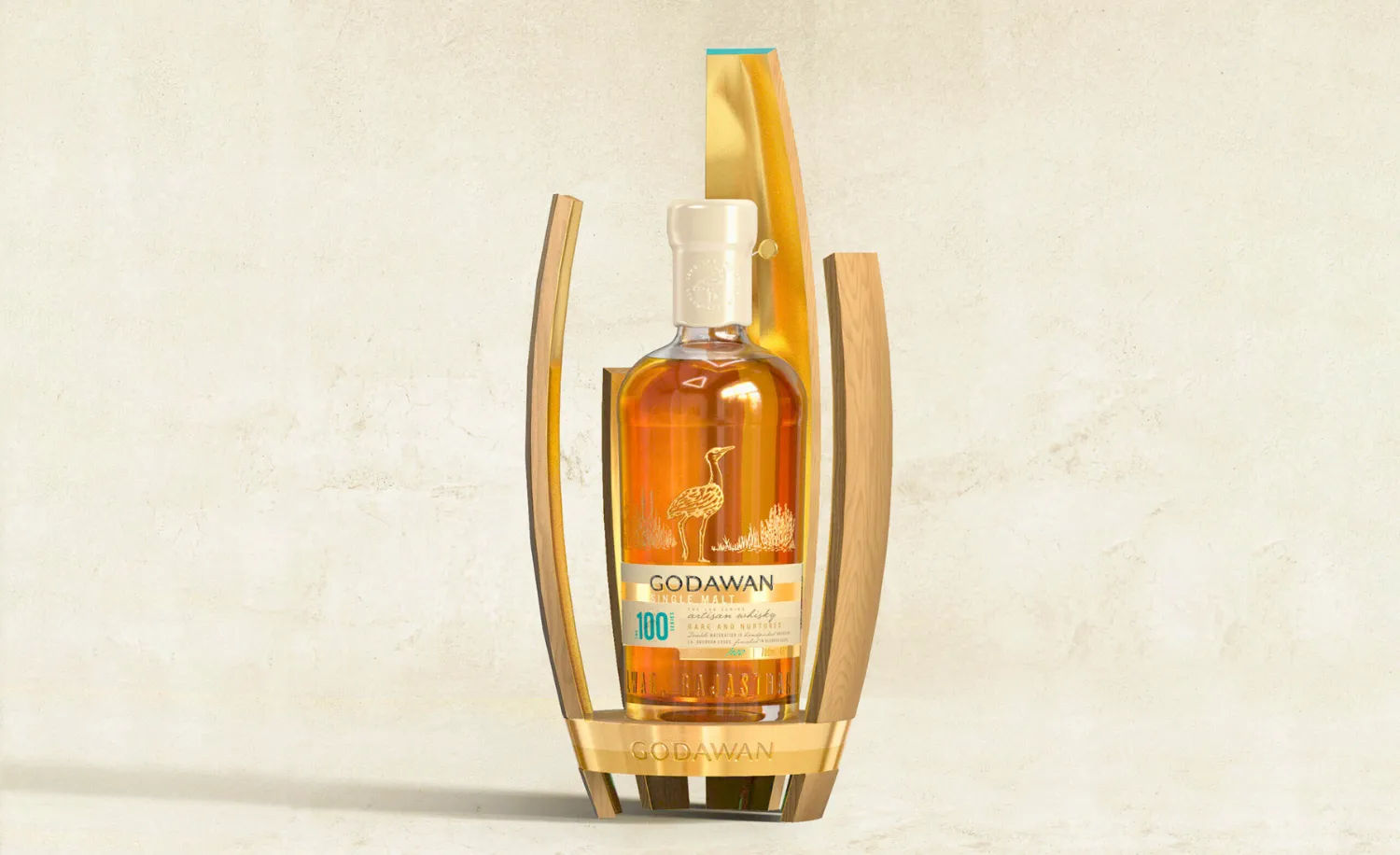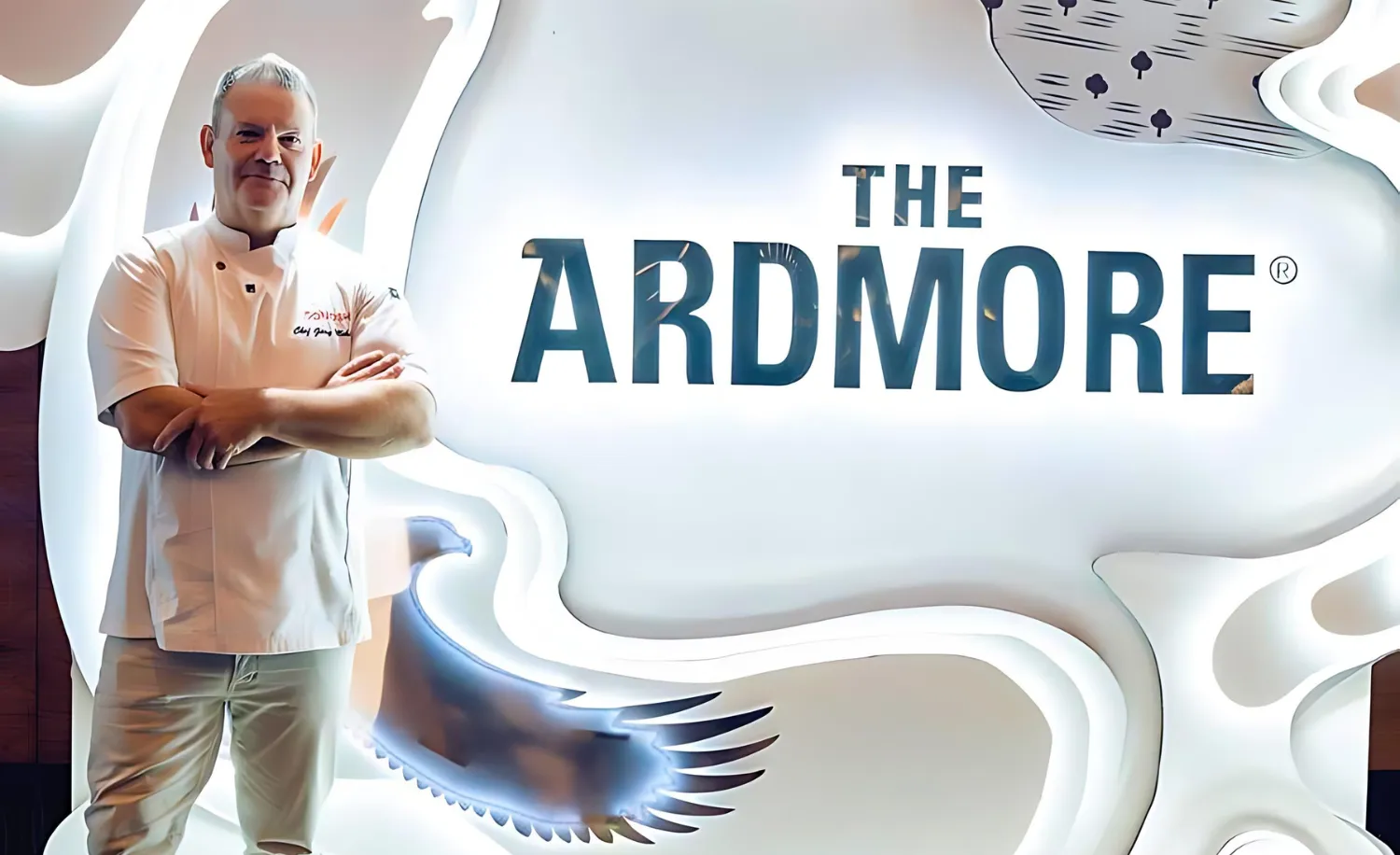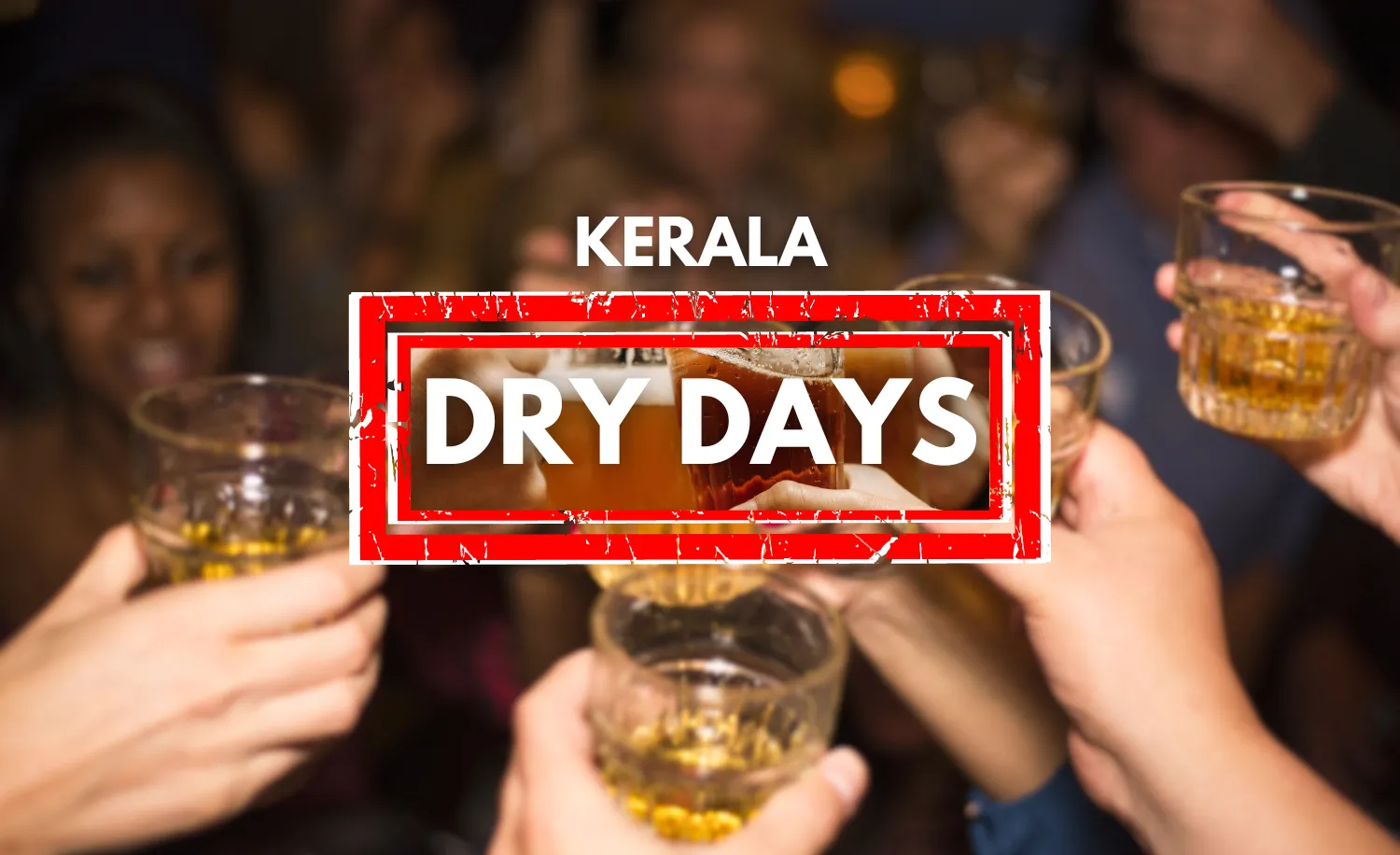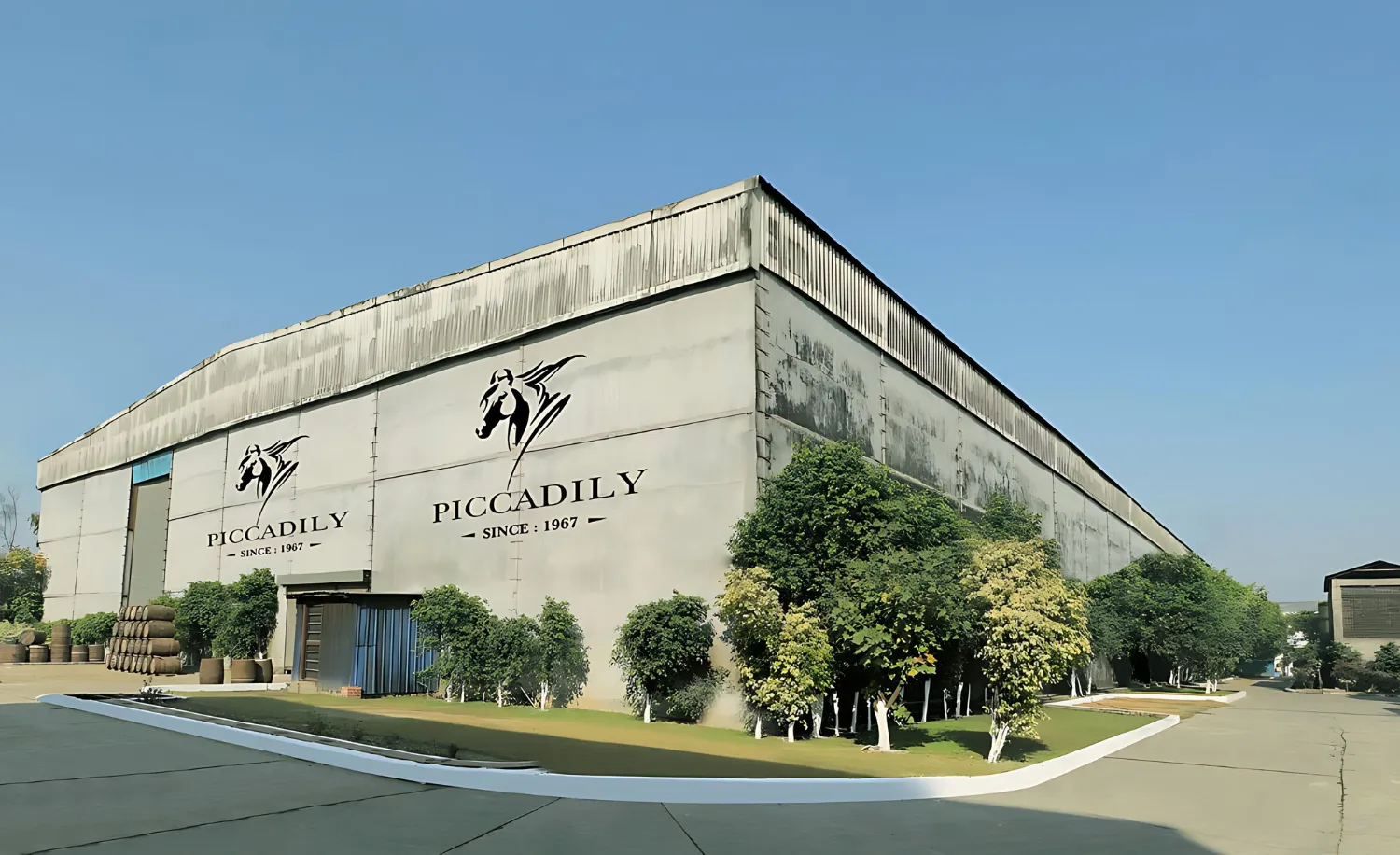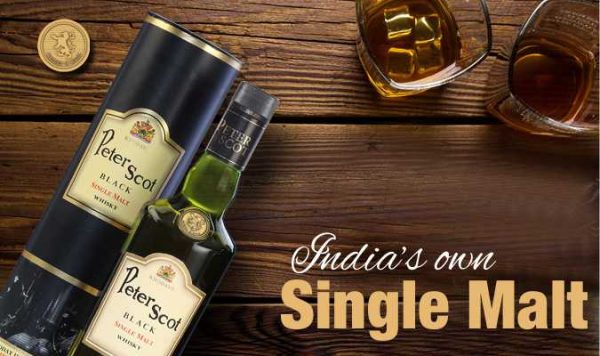“Demand for Indian Sparkling Wines is Nothing Short of Explosive”
Kapil Sekhri, Director, Fratelli Wines
Sparkling wine consumption in India is still in its formative stages, but it is only a matter of time till the domestic brands go head to head with international brands, if not surpass them, says Kapil Sekhri, Director and Co-Founder, Fratelli Wines.
“The strongest advantage that domestic sparkling wine makers have is that we have been delivering premium products at very reasonable price points,” Sekhri says. “The quality of our domestic sparkling wines became evident when we at Fratelli Vineyards conducted a blind tasting with international experts and our Gran Cuvee Brut came out a winner. I can assure you, Indian sparkling wines will only get better with the passage of time,” promises Sekhri.
The Director of the Akluj (Maharashtra)-based wine company bubbles over with confidence when he talks about the sparkling wine market in the country. The demand for sparkling wines has been nothing short of explosive. The drink has become a part of people’s preferred beverage choices because of its lifestyle value and the ‘cool’ quotient, Sekhri says.
Describing Fratelli’s Gran Cuvée Brut, India’s first Chenin Blanc-based ‘zero dosage’ sparkling wine, priced at Rs 1,000-1,150 in various markets (Rs 1,120 in Delhi), Sekhri says it has a delicate creamy texture with persistent bubbles and a touch of citrus on the palate, coupled with typical Chenin Blanc minerality. His most important markets are Delhi, Mumbai, Goa and Bangalore.
India may be primarily a whisky-drinking nation, but it has its fair share of wine lovers, Sekhri points out. The quest for new experiences is a constant feature of the Indian market, and now with the introduction of sparkling
“Initially, sparkling wines were only for celebrations, but with the palate changing and evolving, the occasions for the consumption of domestic bubbly have grown. And Indian wine drinkers are also able to tell the difference between premium and mediocre products.”
wine as a leisure drink for any and all occasions, awareness is growing at a fast pace. Initially, Sekhri says, sparkling wines were only for celebrations, but with the palate changing and evolving, the occasions for sparkling wine consumption have grown. Indian wine drinkers, moreover, are now also able to tell the difference between premium and mediocre products.
Answering a question about the growing popularity of Cava and Prosecco in the country, Sekhri says each category of sparkling wine is unique by itself. Being international products, the novelty of Cava and Prosecco draws customers to them, but the domestic sparkling wines have carved out a chunk of the market share for themselves by matching up to the best standards of premium international products and brands.
For Indian consumers, taste is of paramount importance, but they go for drinks that they can enjoy and get their money’s worth from. Primarily, though, India is a price-sensitive market. “Wine is associated with being an expensive drink and a rare commodity, though that perception is also changing with more domestic options becoming available,” says Sekhri. “A more subtle but major determining factor is the brand. If a product comes with a brand name associated with quality, then the wine is more likely to be well-received by customers,” he adds.
Engaging in a bit of crystal gazing, Sekhri says the demand for sparkling wine will be huge in the country in the coming years. As more people view sparkling wine as a part of their daily wine options, as the perfect leisure drink for all age groups, they are going to ask for more. The trick is to keep getting the word out in the social media.
“It is one of the most powerful tools that we have in our arsenal allowing us to reach out to a disparate client base transcending geographical borders,” Sekhri says.
“Collaborations with other brands and cross-branding are also effective to get your message across. Innovative packaging to enhance the experience, maintaining competitive pricing and getting the right product placements are the other factors that can spread news about our wines far and wide.”
On ground activations and associations with food events, Sekhri points to the growing importance of ‘Wine Tourism’, which translates to products being sampled by customers and wine consumption going up. Engaging with the audience through contests and activities is yet another way to promote the brand organically. On- ground activities such as trade promotions can play a major role too. Active promotions and special displays in retail stores also convey a realistic image of your brand and are usually invaluable to connect with your customers offline. Combined together, these various activities will help buoy the sparkling wine category and establish itself as a force to be reckoned with.


